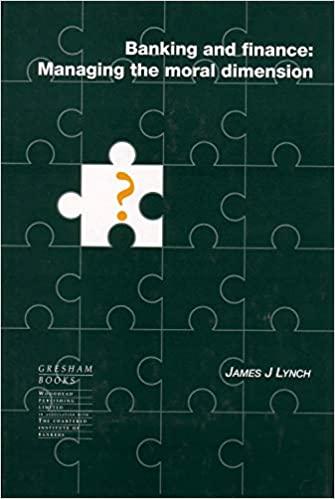Question
The pet industry in China is booming. Chinese shoppers are set to spend 46.3 billion yuan ($7 billion) on their pets by 2022, up from
The pet industry in China is booming. Chinese shoppers are set to spend 46.3 billion yuan ($7 billion) on their pets by 2022, up from 17.5 billion yuan this year as the market grows at around an annual 20 percent, according to estimates from Euromonitor. The U.S. market may be much bigger with an estimated $44.4 billion in sales in 2019 but it is only growing around 2 percent a year. Even though the market for pets and pet supplies is significant, the success rate varies greatly on such factors as location, community participation, and how well the business is run.
A group of private investors are considering whether to open a pet store (structured as a corporation) near a new condominium complex in the wealthy Shanghai Pudong New Area. The condominium complex is large. 1,500 families are currently living in the complex and an additional 1,000 families are expected to move in by the end of 2020. The pet shop will sell different kinds of animals to the public, as well as a variety of animal supplies and pet accessories, including food, treats, toys, collars, leashes, cat litter, cages and aquariums. Hygienic care (such as pet cleaning) and aesthetic services (such as cat and dog grooming) will also be provided. Currently, getting to the nearest pet store for residents in this condominium complex takes about 40 minutes drive. Some residents order pet accessories online. By setting up a store near the complex, the investors expect that their store will capture 40% of this areas pet market. The investors are concerned that Petland, a large pet franchise, may open a store nearby and reduce their stores market share and profitability. The investors believe that there is a 60% chance that Petland may decide to locate nearby. They do not believe that the existence of their store will affect Petlands decision. The investors are considering wait for one year to see whether Petland decides to locate nearby. In case Petland opens a store nearby, the investors may terminate their investment and sell the store after the first year of operation. The following table contains data that are relevant to this investment decision.
| First year's market, RMB | 5 million |
| Annual market growth | 3% |
| Market share without Petland competition | 40% |
| Market share with Petland competition | 20% |
| Gross profit margin ratio without Petland competition | 25% |
| Gross profit margin ratio with Petland competition | 19% |
| Discount rate | 8% |
| Investment cost, RMB | 210000 |
| Investment life | 4 years |
| Salvage value at the end of investment life | 0 |
| Corporate tax rate in China | 25% |
| Depreciation(straight line), RMB | 52500 |
| Staff costs, RMB | 150000 |
| Other operating costs, RMB | 260000 |
| Probability of Petland entry | 60% |
| Sale on early termination, RMB | 100000 |
| Reinvestment cost (to extend 1 year), RMB | 20000 |
Required: 1. Suppose that the investors decide to wait one year, what is the expected value of the best decision? Show your calculations.
2. Suppose the investors decide to invest now, what is the expected value of the best decision? Show your calculations.
3. Based on the real option analysis, should the investors act now or wait? Up to what amount would the investors be willing to pay for an option on this pet store? Show your calculations.
Step by Step Solution
There are 3 Steps involved in it
Step: 1

Get Instant Access to Expert-Tailored Solutions
See step-by-step solutions with expert insights and AI powered tools for academic success
Step: 2

Step: 3

Ace Your Homework with AI
Get the answers you need in no time with our AI-driven, step-by-step assistance
Get Started


